When Charlotte and I began planning our kitchen renovation four years ago, I came home one evening to find her sitting at our dining table surrounded by interior magazines, meticulously cutting out pictures of kitchens she liked. As I flicked through her selections, something struck me—none of them featured the ubiquitous grid of recessed spotlights that had become the default in virtually every British kitchen since the early 2000s.

“I hate those bloody things,” she said, noticing my puzzlement. “They make everyone look like they’re being interrogated while they cook.” It was a fair point. The uniform downlighting from ceiling spots does create that rather harsh, unflattering illumination we associate with police interview rooms in crime dramas. Not exactly the ambiance you want while preparing your Tuesday night pasta.
This observation sparked what became a minor obsession with kitchen lighting alternatives—one that has significantly influenced both our home and the advice I give clients. The standard approach of flooding a kitchen with uniform light from recessed ceiling fixtures might seem practical on paper, but it creates flat, shadowless environments that lack character and often make food preparation harder rather than easier. The alternatives are not only more aesthetically pleasing but frequently more functional as well.
The fundamental problem with the spotlight grid is that it treats lighting as a single-purpose element rather than recognising its multiple roles in a kitchen. Good kitchen lighting needs to serve at least three distinct functions: task lighting for food preparation, ambient lighting for general illumination, and accent lighting to create atmosphere and highlight architectural features. The spotlight grid attempts to handle all three with a single solution, inevitably compromising on each.
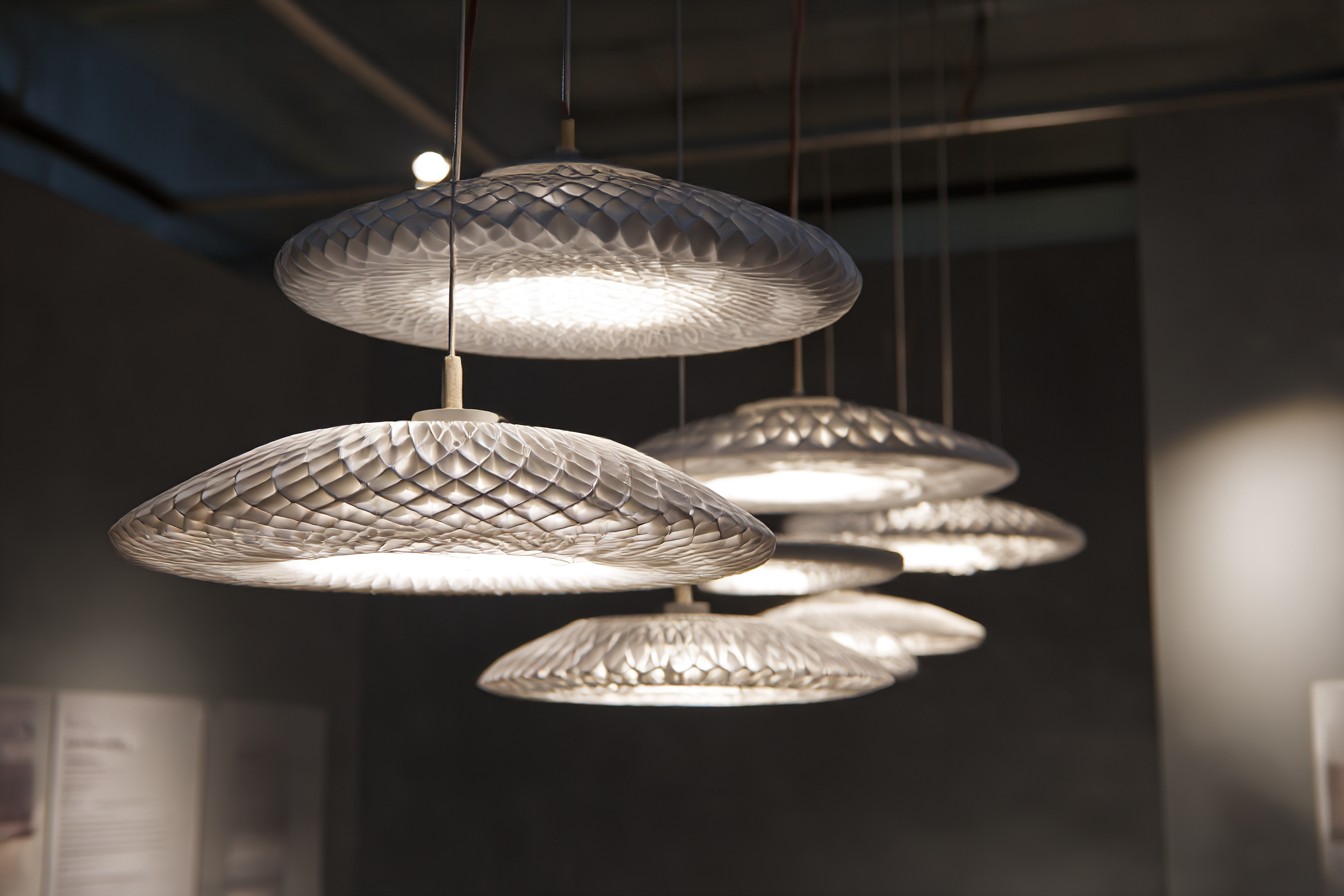
Our lighting epiphany came during a visit to my uncle’s farmhouse in North Yorkshire. His kitchen—a beautiful space with stone floors and timber beams—featured not a single recessed light. Instead, the main preparation areas were illuminated by simple pendant lights hanging at precisely the right height to cast light on the work without creating shadows from the person standing there. General illumination came from uplighters mounted on top of the kitchen cabinets, bouncing light off the ceiling to create a gentle, diffused glow. The island featured two adjustable wall-mounted lights that could be positioned exactly where needed.
The effect was remarkable—the space felt simultaneously brighter and more comfortable than our spotlight-riddled kitchen at home. Each area was appropriately lit for its function, and the overall atmosphere was warm and inviting rather than clinical. I took more photos of his lighting setup than of the family gathering we were ostensibly there to attend.
Back home, we began researching alternatives to the standard recessed grid. The first revelation was that task lighting works best when positioned between the person and their work area, not directly overhead. This seems obvious when you think about it—overhead lighting means you’re always working in your own shadow. Yet kitchen designs repeatedly ignore this basic principle.

We decided to focus first on proper task lighting for the areas where detailed work happens. For the main preparation zone, we installed under-cabinet LED strips with a high colour rendering index (CRI 90+), which accurately shows food colours—particularly important when judging whether meat is properly cooked. These strips are positioned toward the front of the cabinets rather than the back, directing light precisely where it’s needed without being visible from normal standing positions.
The island presented different challenges. Without overhead cabinets, the traditional solution would be pendants or recessed spots. Instead, we opted for adjustable task lights mounted on the adjacent wall, with articulated arms that allow them to be positioned precisely where needed and pushed back when not in use. They’re reminiscent of traditional library lights but in a contemporary finish that complements the kitchen design. The flexibility is brilliant—Charlotte, who is significantly shorter than me, can adjust them to her perfect height when she’s cooking.
For ambient lighting—the general illumination that allows safe movement and sets the overall brightness level—we completely abandoned the ceiling spots approach. Instead, we installed LED uplighters above the kitchen cabinets, creating a soft wash of light across the ceiling that bounces back into the room. This indirect lighting creates a much more pleasant atmosphere than direct downlighting, eliminating harsh shadows and the cave-like effect that can occur with ceiling-only light sources.
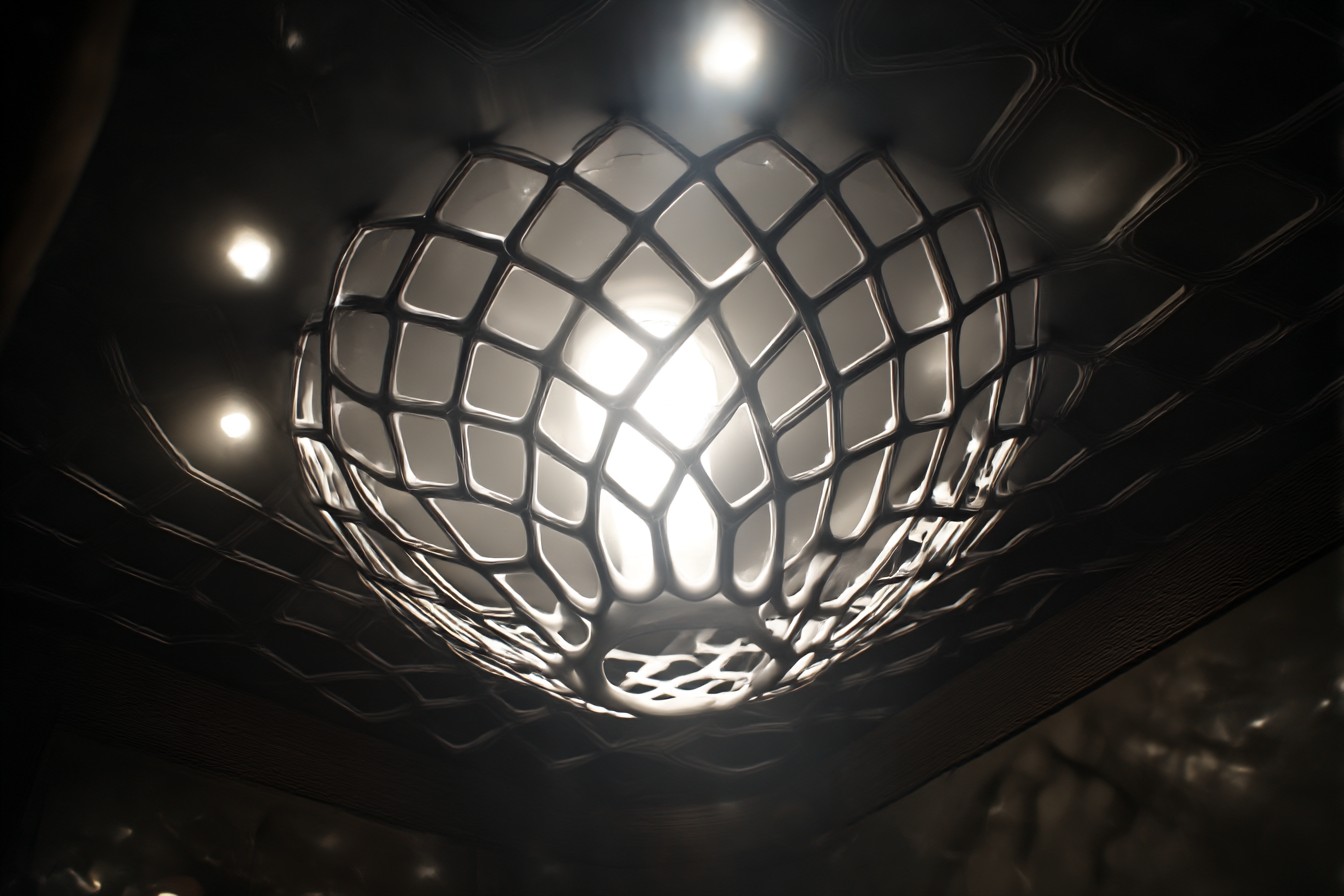
In areas where we needed more focused ambient light, like over the dining area, we used carefully selected pendants with shades that direct light both downward onto the table and upward to reflect off the ceiling. The key was choosing fixtures that complemented the kitchen’s proportions—too large and they dominate the space, too small and they look insubstantial. After much deliberation (and several heated discussions about my tendency to overthink these things), we settled on simple glass pendants with a slight smoky tint that softens the light quality.
The third layer—accent lighting—is where many kitchen lighting schemes fall short. These are the elements that create atmosphere and visual interest, transforming a purely functional room into a space where people want to linger. In our kitchen, this includes subtle LED strips along the kickboards, providing a gentle glow at floor level that makes the cabinetry appear to float slightly. We also installed small, directional lights to highlight specific features—the textured stone backsplash behind the range and a particularly beautiful section of exposed brick wall.
The most transformative element of our lighting scheme was the introduction of proper controls. Rather than the standard array of on/off switches, we installed a simple programmable system that allows different lighting combinations to be activated with a single touch. “Cooking” brings up the task lights at full brightness along with moderate ambient lighting. “Dining” dims the task elements while enhancing the accent and ambient features. “Evening” creates a warm, low-level glow perfect for those late-night tea-making expeditions. The flexibility completely changed how we use the space.
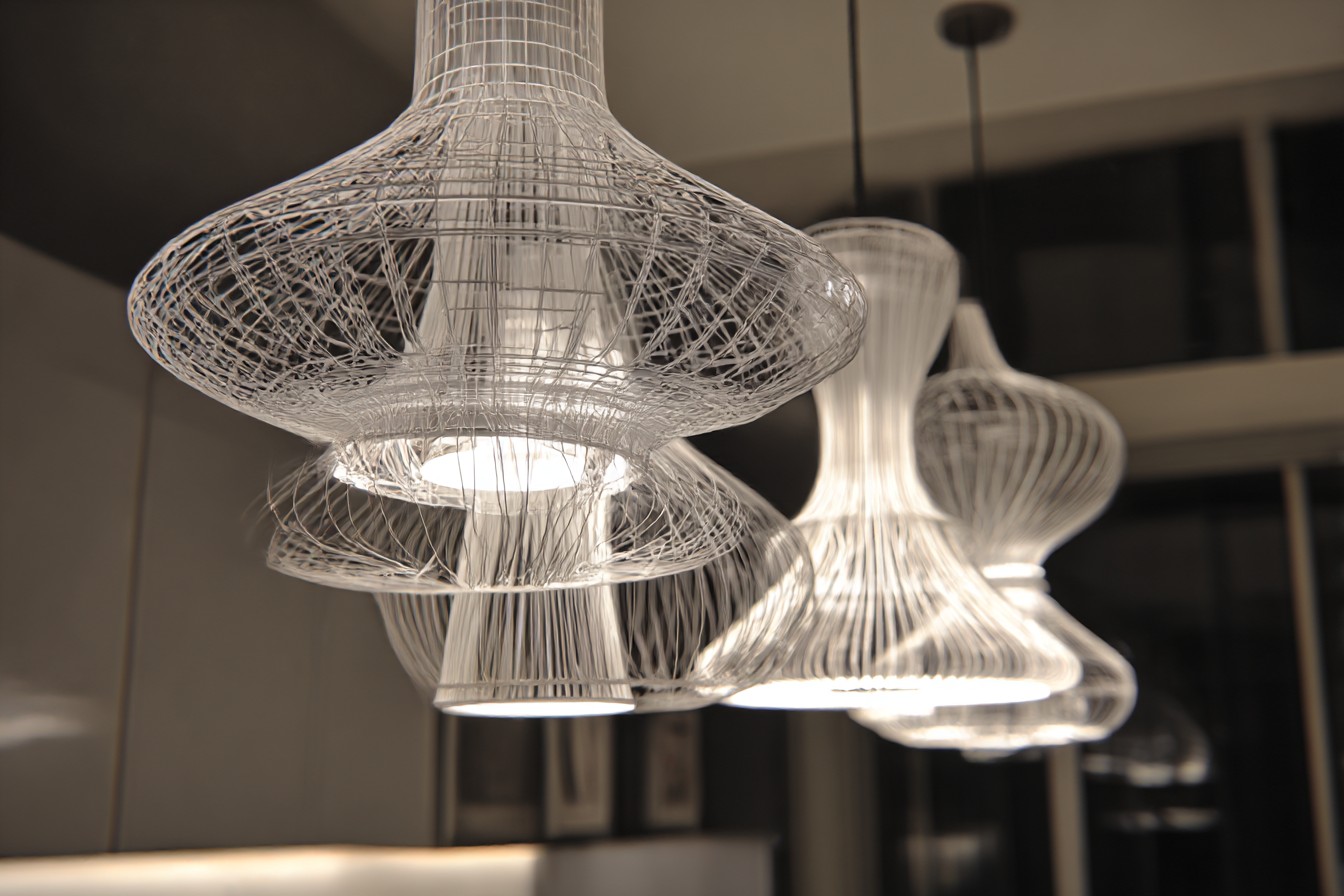
Colour temperature proved another crucial consideration that’s often overlooked. The standard cool white LEDs (4000K+) found in many kitchens create that sterile, showroom-like quality that feels distinctly unwelcoming. After experimenting with various options, we settled on warm white (2700K) for ambient and accent lighting, with slightly cooler task lighting (3000K) that provides better colour rendering for food preparation. The difference in atmosphere is remarkable—the kitchen feels like a natural extension of our living spaces rather than a utilitarian workshop annexed to the house.
The placement of switches and controls deserves more thought than it typically receives in kitchen planning. We positioned the main lighting controls near both entrance points to the kitchen, but also included additional task light switches in the specific zones where they’re used. There’s nothing more irritating than having to walk across the kitchen with wet hands to turn on a light over your work area. Small details, perhaps, but they significantly impact how pleasant a space is to use daily.
One particular lighting challenge in most kitchens is the area under wall cabinets. The standard solution—fluorescent strips or puck lights—often creates more problems than it solves, with harsh shadows and uneven illumination. Our solution was to use high-quality LED tape with an aluminium profile and diffuser, creating an even, shadow-free light across the entire work surface. The diffuser is crucial here—bare LED tape might seem like a cost-effective solution, but the visible individual diodes create distracting bright spots rather than uniform illumination.
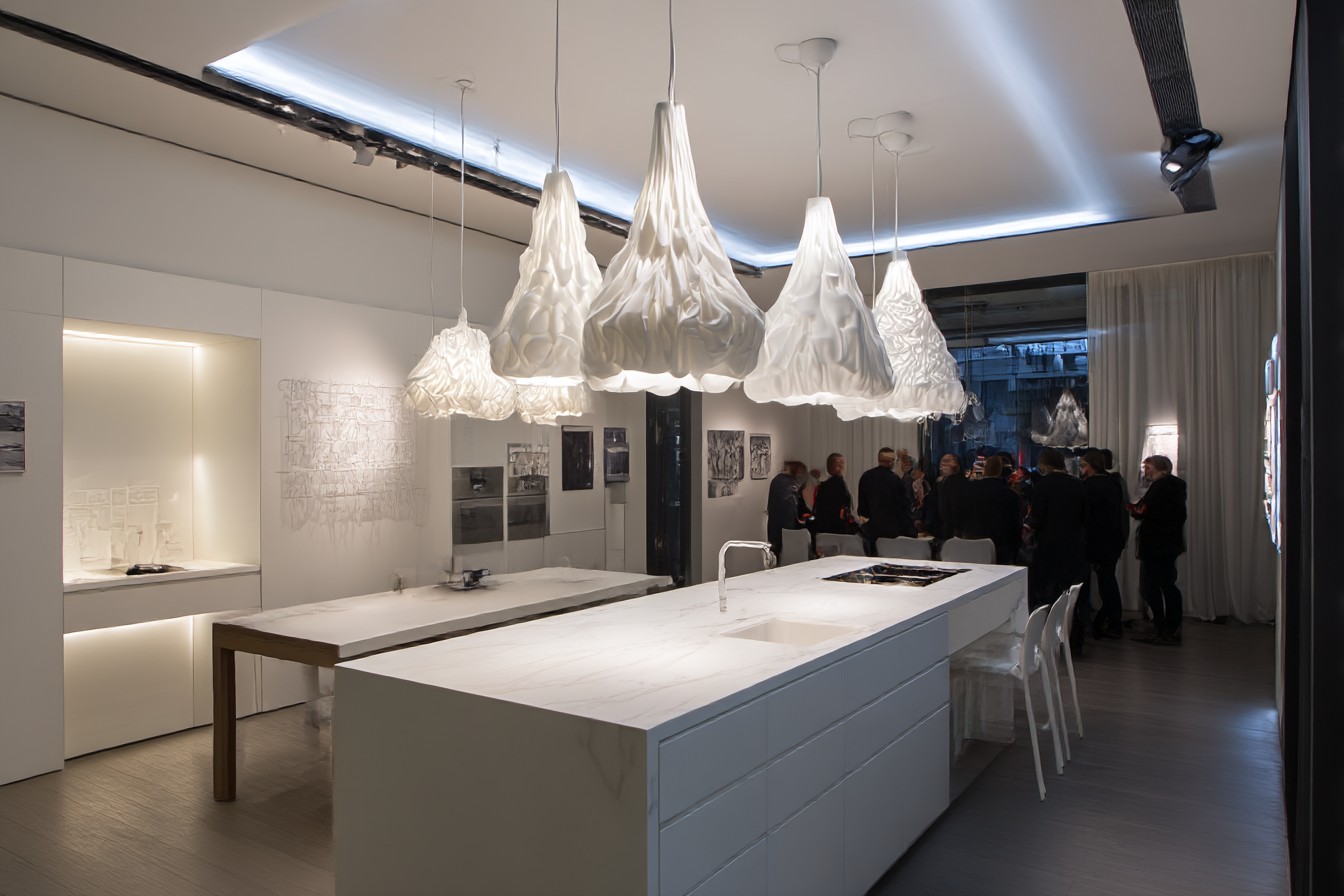
For kitchen islands, lighting presents unique challenges as they often serve multiple functions—food preparation, casual dining, homework space, impromptu meeting area. Our solution borrowed from commercial settings, using adjustable pendant lights with focused beams that can be directed exactly where needed. Unlike fixed pendants that provide general illumination, these can be angled to eliminate working shadows regardless of where you stand. They’re also dimmer-compatible, allowing adjustment based on the island’s current function.
Glass-fronted cabinets or open shelving benefit enormously from carefully considered internal lighting. Rather than illuminating the entire cabinet interior, we installed small LED spots that create pools of light highlighting specific items—particularly effective for displaying glassware or ceramics. The trick is positioning these lights to avoid glare when the cabinets are viewed from normal angles. We angled ours slightly toward the back of the cabinets, creating a subtle theatrical effect that showcases special pieces without turning the kitchen into a showroom.
Natural light integration often receives insufficient attention in kitchen lighting plans. Our kitchen has a north-facing window that provides consistent but never direct sunlight. Rather than fighting this characteristic, we embraced it by positioning our main preparation area to benefit from this consistent natural light during daytime hours. The artificial lighting was then designed to complement rather than compete with the natural illumination, with task lights positioned to eliminate shadows that occur naturally from the window light.
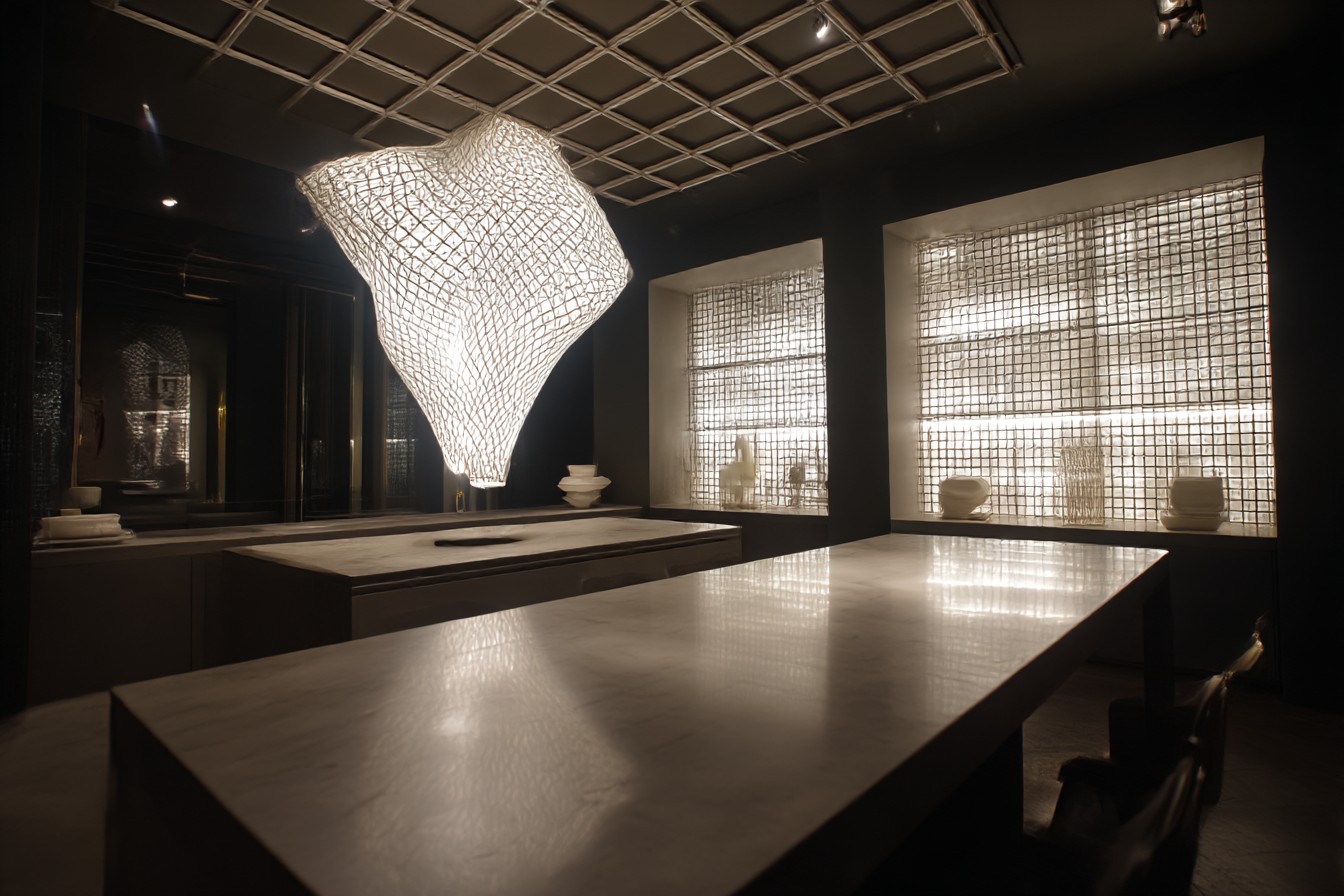
A particularly successful element in our scheme was the inclusion of table and counter lamps—something rarely seen in kitchens but that adds a homely, lived-in quality that built-in lighting alone can’t achieve. We have a small vintage lamp on a side counter that provides a warm pool of light in the evening, making that transition between functional cooking space and relaxed living area. Visitors often comment on how unusual and effective this simple addition is, yet it’s something rarely considered in kitchen designs.
Lighting needs vary dramatically between seasons in British homes, another factor often overlooked in kitchen planning. During our dark winters, kitchens require effective illumination from early afternoon onwards, while summer evenings bring extended natural light. Rather than designing for a single lighting scenario, we created a scheme that adapts seasonally. The layered approach allows us to use minimal artificial lighting during summer evenings, with just accent elements providing guidance and atmosphere, while the full system delivers essential illumination during dark winter days.
The traditional kitchen ceiling light—that unloved central pendant that creates harsh shadows and unflattering illumination—has been banished from most contemporary designs. However, some form of ceiling-mounted lighting remains useful for maintenance tasks like cleaning top surfaces or locating items stored above cabinets. Rather than reinstating the dreaded central fitting, we installed two simple, flush-mounted ceiling lights with frosted glass diffusers, positioned to provide general illumination without creating problematic shadows. They’re rarely used for everyday activities but prove invaluable for certain tasks.
Budget constraints affect most renovation projects, and lighting is often one area where compromises are made. Our approach prioritised the elements that most impact daily use—primarily the task lighting for preparation areas—while finding cost-effective solutions for ambient and accent lighting. Good-quality LED tape with proper diffusers provided excellent value for under-cabinet lighting, while simple ceramic wall lights delivered warmth and character at reasonable cost. The programmable control system was a significant expense but one that transformed how we use the various lighting elements—a worthwhile investment for a room used multiple times daily.
For period properties like ours, lighting selections that acknowledge architectural character make an enormous difference to how cohesive the kitchen feels within the broader home. We chose fixtures with traditional influences but contemporary simplicity—nothing jarringly modern nor artificially “heritage” in style. The wall lights feature simple ceramic shades reminiscent of early electrical fittings but with clean lines that complement our unfussy cabinetry. This balance between respecting period character and avoiding pastiche creates a kitchen that feels appropriate to the house without becoming a period museum piece.
After living with our multi-layered lighting scheme for four years, the benefits extend far beyond aesthetics. The kitchen has become our primary living space—somewhere we genuinely enjoy spending time rather than simply a functional area for food preparation. Friends linger longer at the island, conversations flow more easily, and even routine cooking tasks feel more pleasurable in appropriately illuminated surroundings.
The spotlight grid isn’t inherently evil—it’s simply overused and rarely implemented thoughtfully. If recessed downlights work for your space and preferences, the key is using them strategically rather than in the standard uniform grid. Grouping them over specific work areas, ensuring sufficient overlap to eliminate shadows, and installing proper dimming controls all help mitigate their limitations. But I’d encourage exploring alternatives that offer greater flexibility, better task illumination, and more atmospheric potential.
Ultimately, successful kitchen lighting acknowledges that these spaces serve increasingly diverse functions in modern homes. They’re no longer solely utilitarian work areas but social hubs, dining spaces, homework stations, informal meeting rooms, and sometimes even impromptu home offices. A single lighting solution cannot possibly serve all these functions effectively. By thinking in layers—task, ambient, and accent—and providing appropriate controls, your kitchen lighting can transform from a mere utility to a feature that enhances both the functionality and atmosphere of what is, for many of us, the true heart of the home.